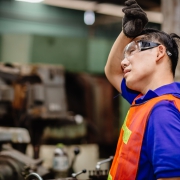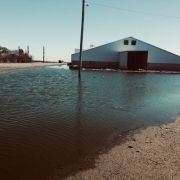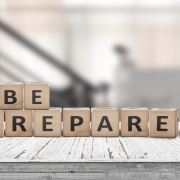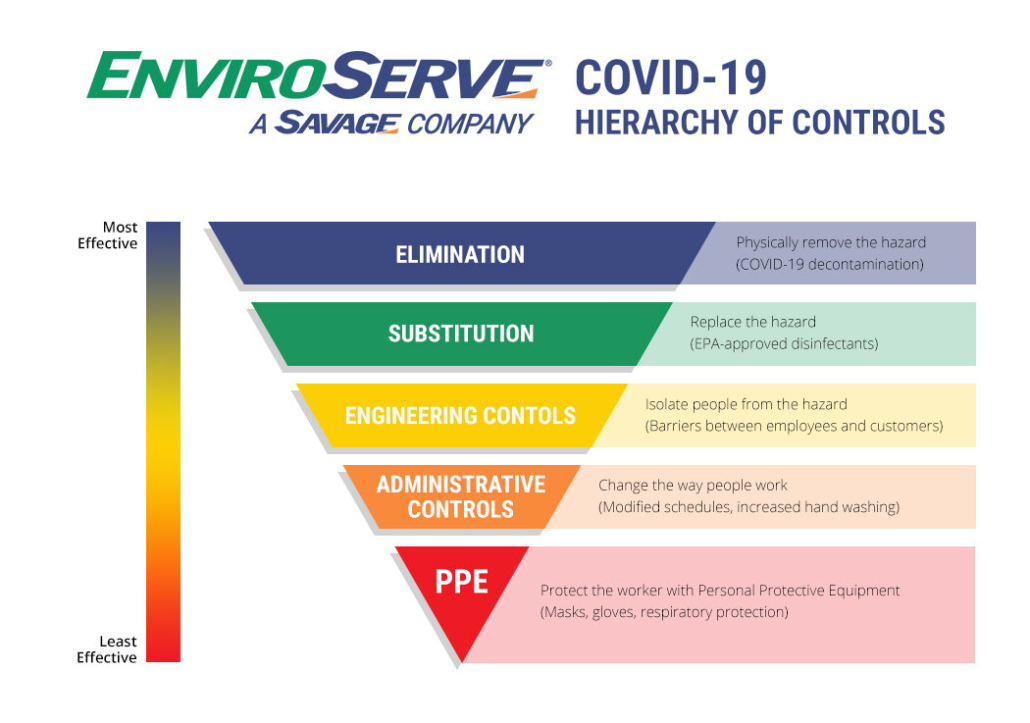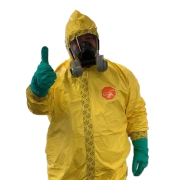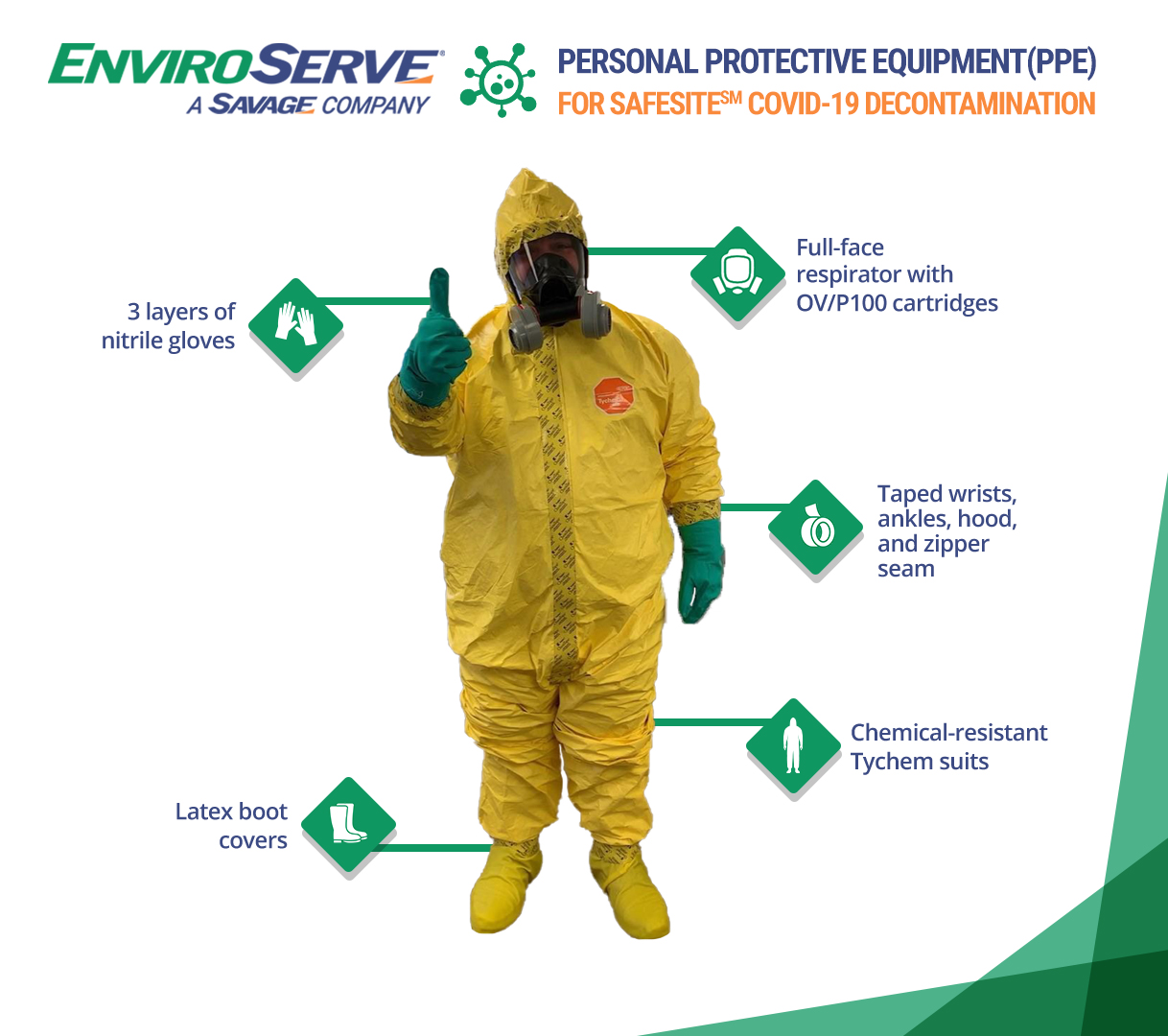Beat the Heat: Your Guide to Preventing Occupational Heat Stress
It’s that time of the year—the sun is hot, the air is humid, and the risk of heat-induced illnesses and injuries are upon us. Although summer starts in June, the hottest days of the year for much of the U.S. are still ahead, so it is important to be vigilant of heat exposure to prevent occupational heat stress.
Occupational heat stress, also known as hyperthermia, occurs when the body is unable to adequately cool itself off and maintain homeostasis. This stress can be expedited by the use of personal protective clothing or by the heat given off from a nearby industrial process. Either way, exposure can result in serious occupational heat stress illnesses and injuries, including:
- Heat rash
- Heat cramps
- Heat exhaustion
- Heat stroke
Such occupational heat stress can also cause workers to be more accident prone due to sweaty palms, fogged-up safety glasses, or dizziness caused by dehydration.
How can you and your team prevent occupational heat stress? Consider the guidelines below.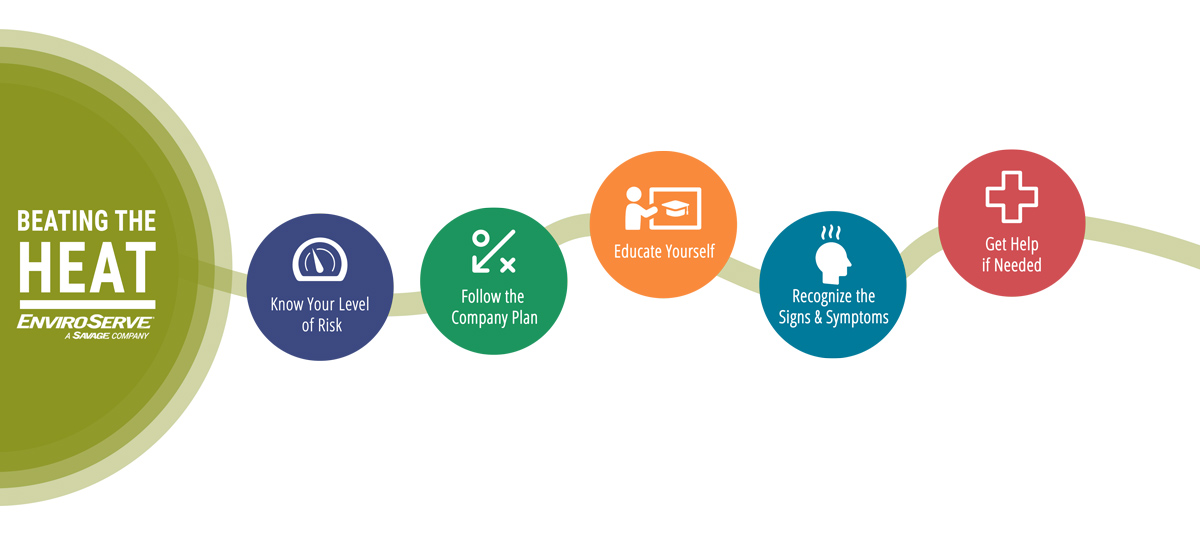
Know your level of risk for occupational heat stress
From 1992 to 2016, occupational heat stress caused 783 worker fatalities and nearly 70,000 serious injuries in the U.S. And while heat stress can affect all workers, there are some individuals who are more at risk: those over the age of 65, those who are overweight, and those with preexisting health conditions, such as heart disease or high blood pressure. Individuals taking certain medications can also have a higher risk of heat-related illnesses.
Follow your company’s Heat Illness Prevention Plan
To mitigate the risks of occupational heat stress, employers should have a thorough Heat Illness Prevention Plan with policies and procedures for when heat stress is an anticipated hazard. This plan should be reviewed and updated due to COVID-19 as lack of movement—particularly from a more sedentary lifestyle due to canceled events and quarantine—can play a role in our overall health and acclimation to activity and heat. Additionally, the use of face masks as a common means for preventing the spread of disease can inadvertently restrict one’s ability to breath, so methods currently used to complete a job may require some modification.
Educate yourself on heat stress hazards
Ensuring your team can identify and mitigate occupational heat stress hazards is significant. Conditions on the job can change very quickly and adjustments may need to be made. When it comes to temperature and humidity, a Heat Index Chart should be reviewed to determine what precautions should be taken, and day-to-day considerations must be made for each job task. Additional precautions such as staying hydrated, replenishing salts and minerals, and pacing one’s work—though small changes—can ultimately prevent an injury.
Recognize the signs and symptoms of heat stress
Familiarize yourself and your team with how to recognize the signs and symptoms of heat stress so you can get them the care they need. Early symptoms may include:
- Warm red skin
- Profuse sweating
- Lightheadedness
- Muscle spasms
Get help if needed
If you anticipate that someone is suffering from heat stress, seek the proper treatment immediately. Each heat-related illness requires different first aid measures and can be reviewed on the CDC’s webpage.
The EnviroServe team specializes in “where you need us, when you need us” service using the right PPE and team for the job. Contact (800) 488-0910 for help safely completing environmental remediation, waste management, and strenuous indoor or outdoor work.
